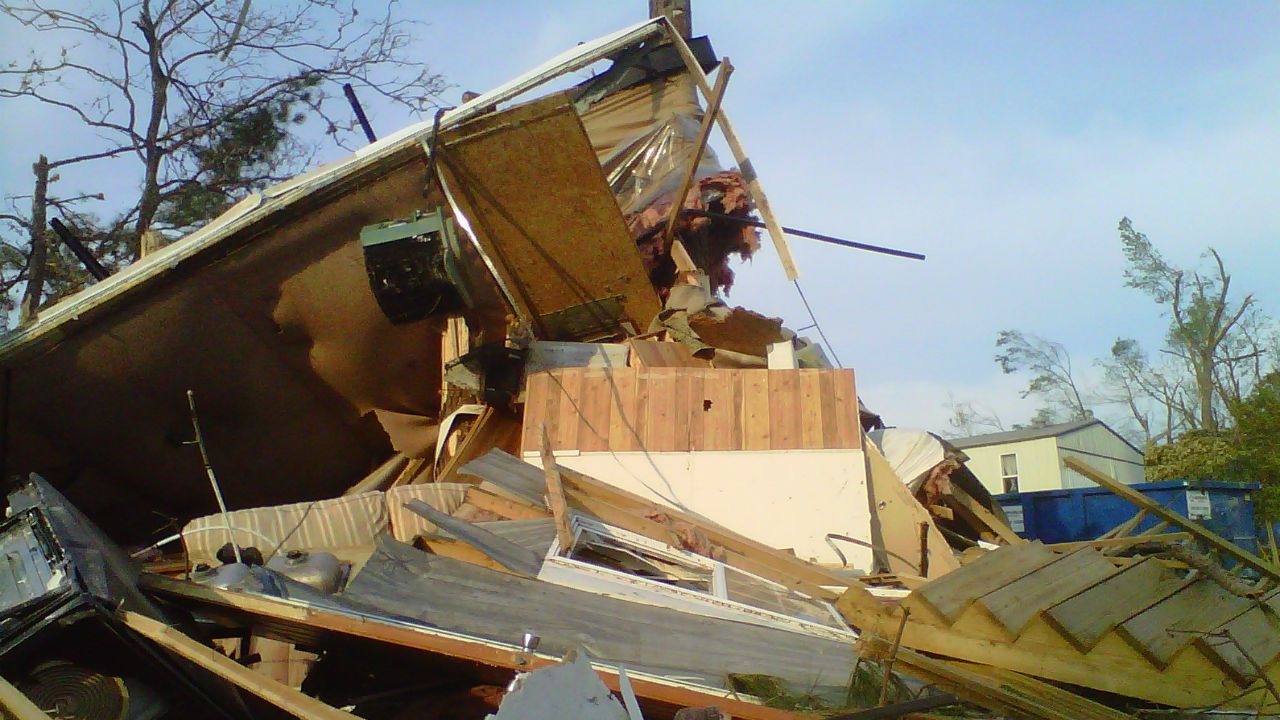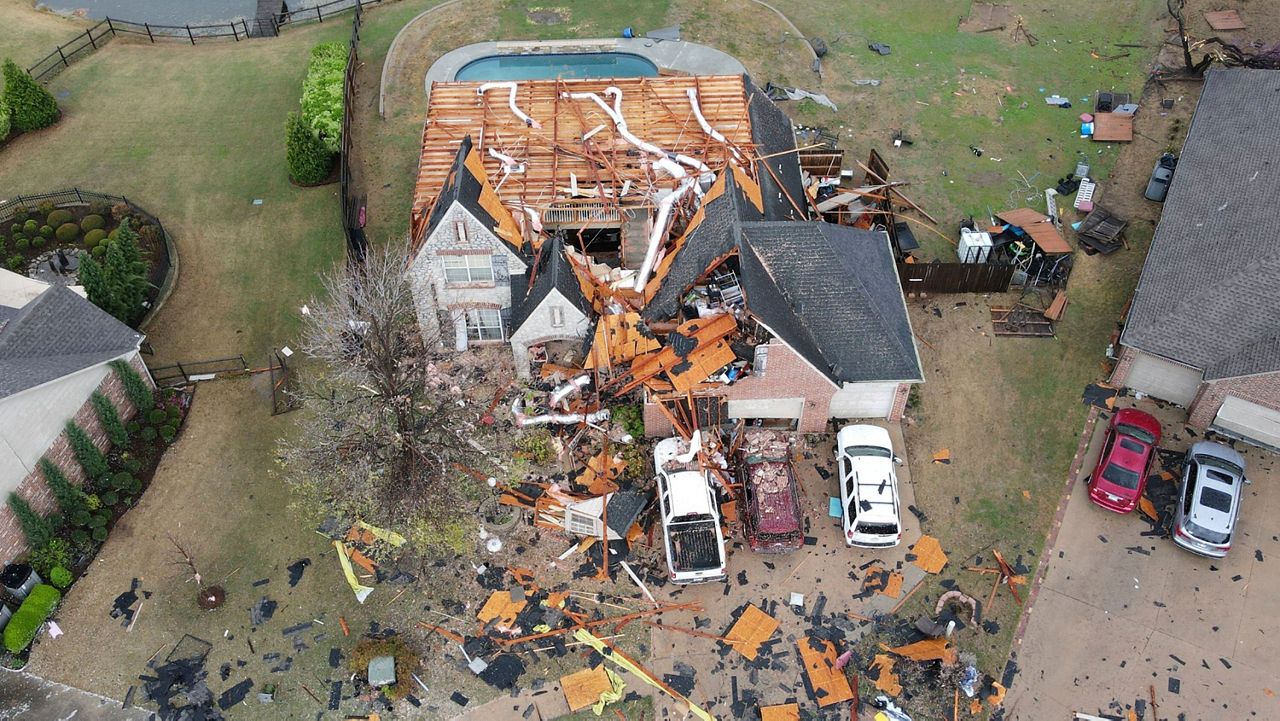The average lead time from when a tornado warning is issued until a tornado hits is a little over 10 minutes. That may not sound like much time, but it is long enough for most to find shelter in a small windowless room of a sturdy building.
Of course, that is only the case if you have a way of receiving that warning, whether you're awake during the day or sound asleep at night.
Before severe weather hits your area, there are two things you can do today to ensure you will have a way of receiving those warnings.
These radios are available at most electronic stores for around $40 or less. Be sure to buy one that uses SAME (Specific Area Message Encoding) technology. This technology will allow you to program the radio to only receive warnings for your county.
You'll also want to make sure the weather radio you purchase has a battery backup so it will work even if the power goes out.
NOAA weather radios will sound an audible alarm when a warning, like a tornado or flash flood warning, goes into effect. This alarm alerts you to danger in your area, even when you may be sleeping.
Tornadoes and flash floods can be even deadlier at night because many people do not have a way to receive these alerts when they are sleeping.
Check the notification settings of your smartphone to make sure Wireless Emergency Alerts are on. Most phones will have two settings, one for emergency alerts and one for AMBER alerts.
If the emergency alerts are on, you will receive an audible alert and push notification when the NWS issues a tornado or flash flood warning for your location.
These alerts work anywhere in the United States with cell phone data reception, so you'll receive them for your location even when you are away from home.









